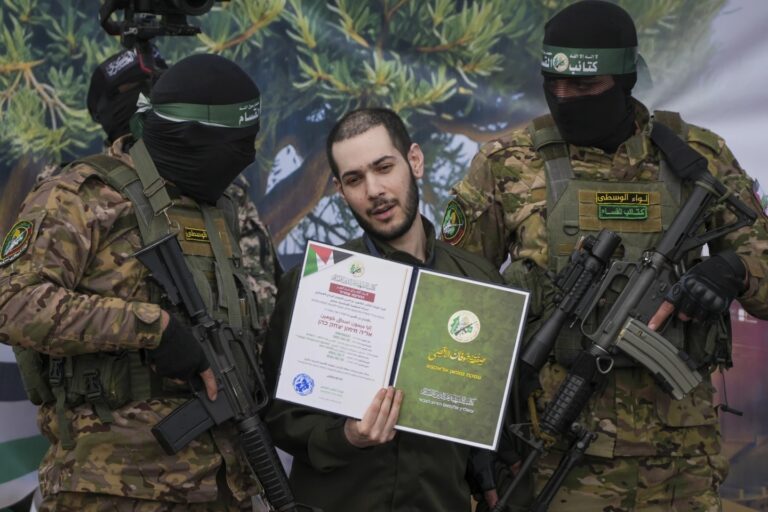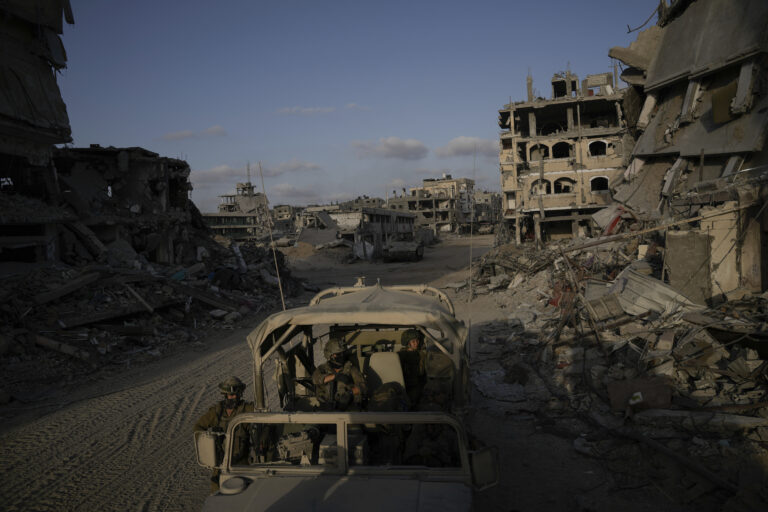This week’s Haftorah contains one of the most awesome sights ever beheld by man. We read one of the two portions referred to as “Ma’aseh Mercava” – the Revelation of the Heavenly Chariot.” Ma’aseh Mercava is recorded in two Neviyim: Yishayohu and Yechezkel; this week’s Haftorah contains the revelation given to Yishayohu. The “Ma’aseh Mercava” is considered according to the Seforim Hakedoshim to be one of the most important Revelations. The Seforim explain that all the secrets of the Torah are contained in it . What is striking is that the Torah chooses graphic imagery to portray its most important fundamentals.
This week’s Sedra gives the account of momentous “Maamad Har Sinai”. The Torah depicts the awesome sight accompanying this historic event by telling us that the mountain was “smoking” and that Klal- Yisroel was able to “see” the Shofar blasts. Again, we see the use of vivid imagery. The Torah uses powerful imagery to describe the Giving of the Torah. The Avudraham explains that the reason the Haftorah of the Mercava is chosen for this Sedra is because the image of the Mercava and the sight of the giving of the Torah are very much alike. The reason the Torah focuses on the image of the receiving of the Torah is because the imagery itself tells us a lot about the Torah. Why is it that the Torah both in Chumash and in Navi chooses to convey some of its most important aspects through imagery?
When the Navi tells us of the first of Yirmiyahu Hanavi’s first Nevuos, it tells us that Hashem showed him various images, and then asked Yirmiyahu what he saw. The Prophet responded by describing what he had seen, to which Hashem then in turn declared that Yirmiyahu had seen well. My Rebbe Rav Belsky Shlita asks: what is going on? If Hashem shows Yirmiyahu something why does Hashem need to ask what he saw? And after Yirmiyahu simply states what he saw why did Hashem tell him he saw well? Of course he did – he saw what Hashem showed him.
In psychology there is a well-known ink-blot test, the Rorschach. The psychologist administering the test shows various ink blots and asks the subject what he sees. It is rare that any two people would give the same interpretation unless the image in question is precise and vivid. Were one to take a postcard picture and show it to a number of people and ask them what they see, some would perhaps respond similarly to others but many would focus on different details in the picture and therefore provide entirely different responses. While a lot of people can see the same thing they each can interpret it differently. What will make the difference in what each one sees will depend on the mind set of each person.
Everything that exists in the world has its visible dimension. For many this visible dimension can be seen as uncertain and therefore lacking any value. When, however, people value everything they will focus on everything – even the slightest detail in sight. To Am-Yisroel the most important event of all time was receiving the Torah. Am-Yisroel was therefore able to see imbedded in it far more than a glorified show with a grand finale of fireworks. Am-Yisroel saw Torah in every single aspect of this sight — even the Torah’s most important secrets.
Every detail of what we see is important and has an impact on us. It is therefore incumbent upon us to be careful with what we see, as well to pay attention to every detail we see.
A very warm Good Shabbos, Rabbi Y. Dov Krakowski










